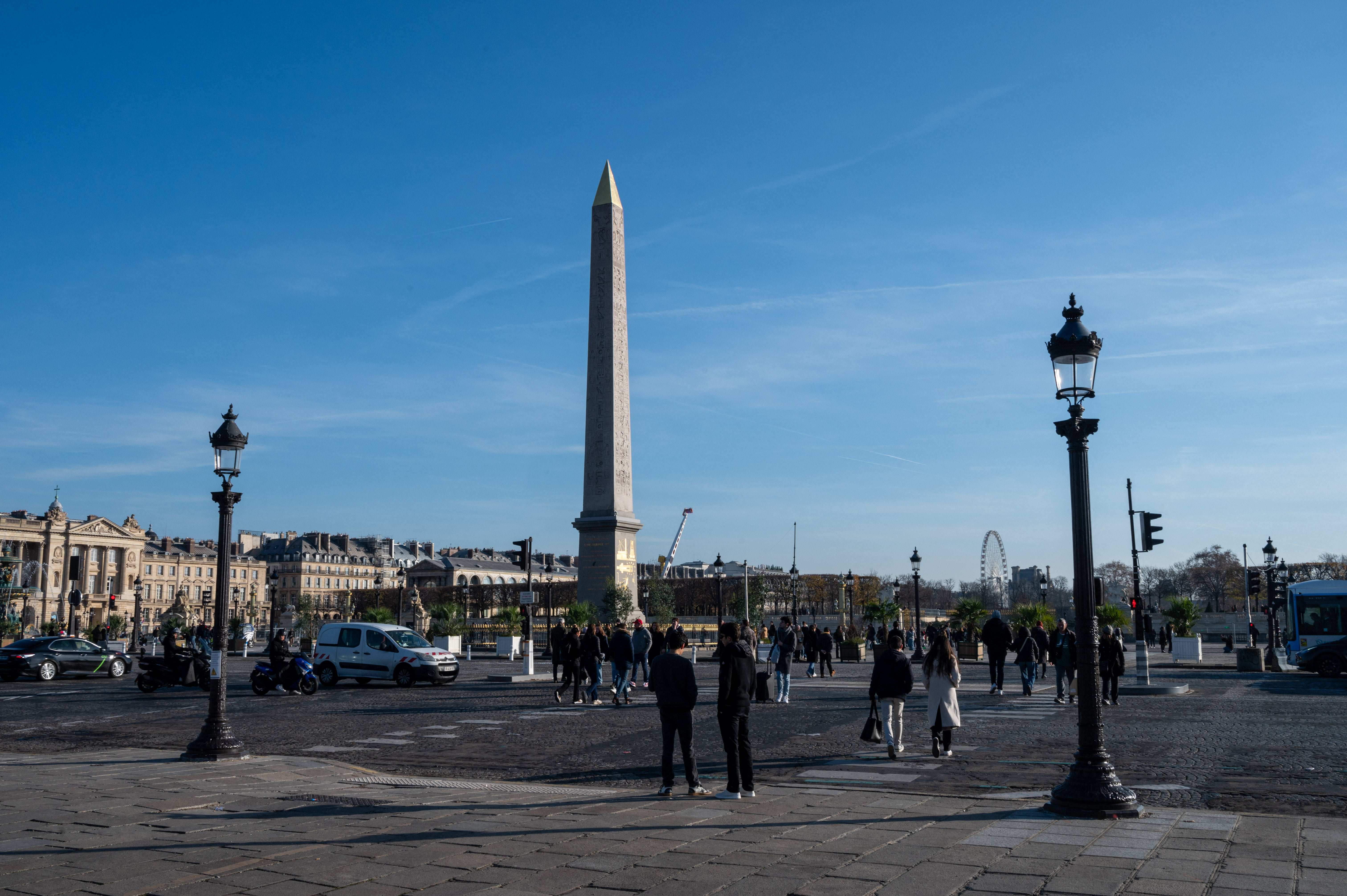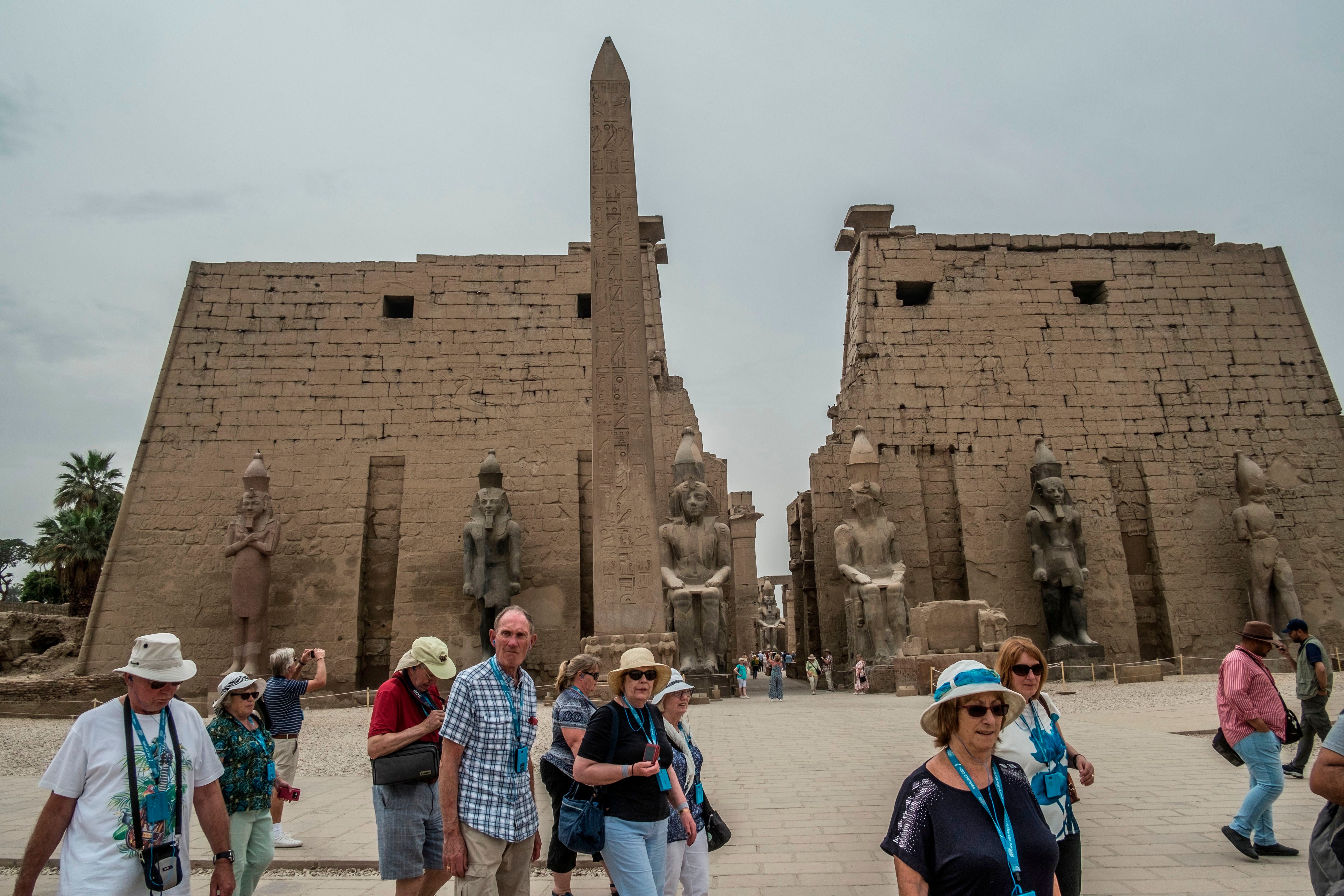Hieroglyphics carved on the famous ancient Egyptian Obelisk in Paris could be propaganda praising pharaoh Ramesses II as ordained by the gods.
The obelisk was apparently commissioned by Ramesses II, who ruled Egypt from 1279BC to 1213 BC, and installed in Luxor. It was given to France by the sultan of the Ottoman Empire in 1830.
The landmark is marked by a series of secret inscriptions.
Some of these carvings were first identified in December 2021 when the obelisk was surrounded by renovation scaffolding.
At the time, Egyptologist Jean-Guillaume Olette-Pelletier was permitted to document some of the highest inscriptions near its golden pyramid top.
The secret inscriptions on the 3,300-year-old monument were meant only for the eyes of Egyptian nobility under specific circumstances, Dr Olette-Pelletier argues in a yet-to-be peer-reviewed study.
He theorises that the obelisk’s western side originally faced the Nile, putting the inscriptions near the top in good view of people travelling on the river by boat.

The inscriptions, the study suggests, declare that Ramesses II “had been chosen by the gods, that he was of divine essence and therefore entitled to rule Egypt”.
Imagery on this section of the structure, which is 23m tall, depicts Ramesses II making offerings to the god Amun.
“These messages are a form of propaganda in favour of the builder of the site, Pharaoh Ramses II,” Dr Olette-Pelletier says.
“People hadn’t noticed that under the god Amun, there is an offering table. This allows us to discover a sentence where no element is missing: an offering that the king gives to the god Amun.”
The Egyptologist says that he deciphered a total of seven secret messages carved on the monument by walking around it.

He says the findings shed further light on a coding method called three-dimensional cryptography in which messages can only be seen from a specific angle.
The obelisk contains two rows of hieroglyphs that could give different messages depending on the direction in which they are read.
By way of example, Dr Olette-Pelletier says one engraving spells out the full throne name of Ramesses II when read in one direction and declares that he had eternal life when read in another.
His findings await publication in the journal Égypte Nilotique et Méditerranéenne, Dr Olette-Pelletier says.
Some researchers not involved in the study urge caution in interpreting the inscriptions this way until the research is published.
It remains to be studied if the engravings and art depictions on top of the obelisk would have been visible to anyone travelling by boat on the Nile due to the distance.



